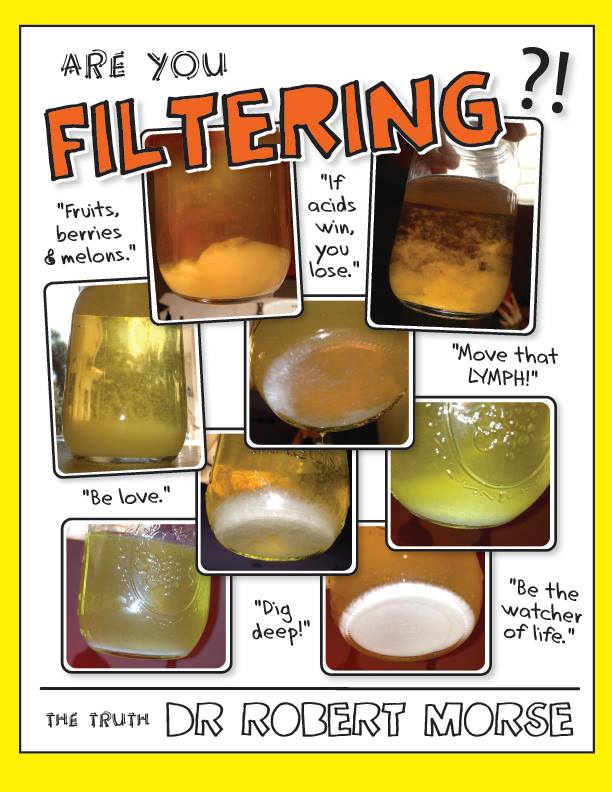Yes, I’m pretty sure you’re correct. I’m happy that it wasn’t high at least.Could take many years
@Amazoniac, thanks for the helpful information!
Follow along with the video below to see how to install our site as a web app on your home screen.
Note: This feature may not be available in some browsers.
Click Here if you want to upgrade your account
If you were able to post but cannot do so now, send an email to admin at raypeatforum dot com and include your username and we will fix that right up for you.
Yes, I’m pretty sure you’re correct. I’m happy that it wasn’t high at least.Could take many years
I remember reading about the potential issue once (they're not the only responsibles):
This is pretty interesting and connecting a lot of dots in my head that might mean something. Whenever I would take TUDCA, I would get estrogenic symptoms. More gyno and swelling. It always puzzled me because I thought it would help the liver. I just wrote it off as too much detox or something. But it was possibly potentiating vitamin A.
That sounds fun. :)You just have to do like 50 gall bladder flushes and then you are good...or something
Giving credit where it is due, Gbolduev/Helen has been saying for awhile to avoid fat soluble vitamins like A and D because they shut the gallbladder down.
This is pretty interesting and connecting a lot of dots in my head that might mean something. Whenever I would take TUDCA, I would get estrogenic symptoms. More gyno and swelling. It always puzzled me because I thought it would help the liver. I just wrote it off as too much detox or something. But it was possibly potentiating vitamin A.
This makes further sense in that one of the best things about this diet is a return of strength and muscle tone that has been lacking for years. I did 20 push ups yesterday and am not even really sore today. The push ups were pretty easy too. I would have had trouble doing 10 push ups when I was peak liver/OJ/etc intake more than a year ago.
More from the article: I will say that his take that the body lowering bile production at the ingestion of vitamin A and D is proof they are toxic is hyperbole. Giving credit where it is due, Gbolduev/Helen has been saying for awhile to avoid fat soluble vitamins like A and D because they shut the gallbladder down. You just have to do like 50 gall bladder flushes and then you are good...or something
Ach ja, it likely involves various other factors for der subjectified exzess to become problematisch. Mufasa and tankas took massive amounts without noticing any issues in this regard.Every paper I have seen has shown vitamin D to normalize bile concentrations, and that low vitamin D status promotes pathological bile problems including impaired clearance that can eventually lead to carcinogenesis.
Vitamin-D Deficiency Is Associated with Gallbladder Stasis Among Pregnant Women. - PubMed - NCBI
Vitamin D and gallstone disease-A population-based study. - PubMed - NCBI
Association between circulating vitamin D metabolites and fecal bile acid concentrations
Is this a sign of renal sufficiency?- The biological significance of vitamin A in humans: A review of nutritional aspects and clinical considerations
"In patients with renal insufficiency, a daily dose of 4000 IU can cause severe damage and if these patients are also alcohol consumers, then the level of damage can be even more substantial."

This makes further sense in that one of the best things about this diet is a return of strength and muscle tone that has been lacking for years.
Definitely. I am right around the 3-4 month mark as well.Same here, seeing strength increase easily and recovery time decrease. But this is at 4 months for me, so need more time to experiment. But does seems that overload of A interferes with test/estrogen, almost as if its a key to the hardgainer lock.
I don't know what they mean. If I come across something relevant, I'll leave you a comment.Is this a sign of renal sufficiency?
"The quickest recipe for hypercalcemia is Poison/"Vitamin A" + Hormone D by mouth + large amounts of calcium"
"The quickest recipe for hypercalcemia is Poison/"Vitamin A" + Hormone D by mouth + large amounts of calcium"
Damn. I have been doing that a lot in the past. Consuming Vitamins A,D and K with high calcium foods.
Second, he admits in that post that he hasn't even read beyond the title of some of the studies he's basing his claim on.